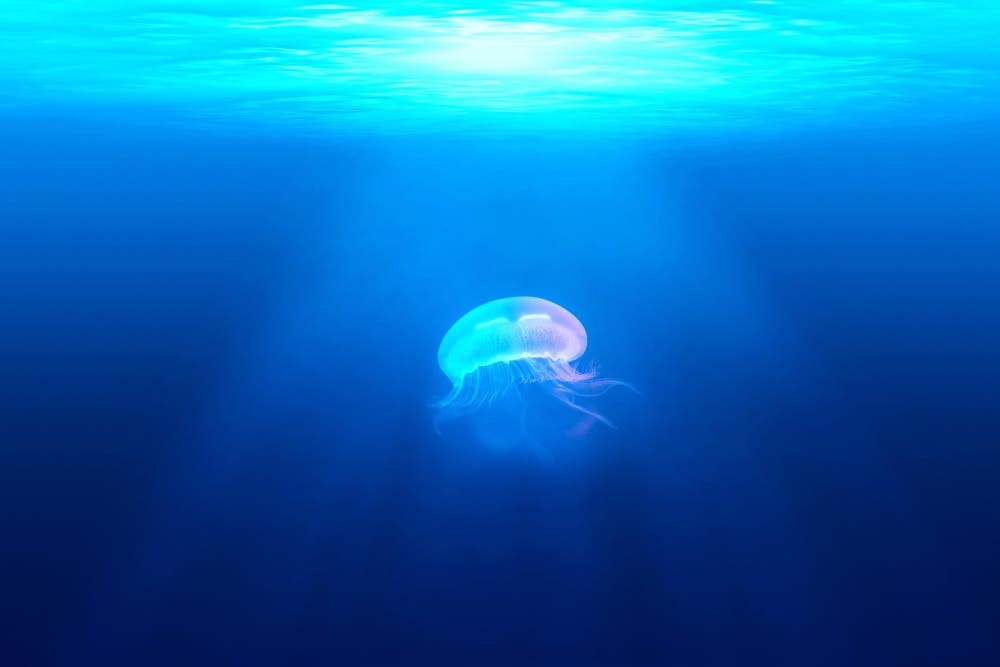
The oceans are becoming increasingly acidic as humans dump more carbon into the atmosphere, with potentially devastating consequences for marine life. We know, for instance, that water with low pH bleaches coral, potentially destroying beloved reefs. But some of the consequences of ocean acidity can be wildly unpredictable. Case in point, a new study found some bioluminescent marine creatures may glow brighter, while others may have their lights dimmed as a result of increasing acidity.
Most people are familiar with fireflies, which are perhaps the most famous bioluminescent creatures in the animal kingdom. However, bioluminescence — which is the production of cold light by animals through a series of chemical reactions or host bacteria that do so — is actually most common in the ocean.
In fact, in the ocean, glowing is the norm. A staggering 76% of all ocean animals are bioluminescent, which shouldn’t be consumed with biofluorescence, the process by which blue light hitting the surface of a creature is reemitted as a different color, such as orange, red, or green.
These animals use their luminescence like built-in flashlights to attract or find food. Some species also use it in order to communicate to predators that they should stay away because they are poisonous — or it might just be a bluff, but will the predator take the chance?
You know that a trait is definitely prized by evolution if it can enhance survival — and bioluminescence has appeared more than 90 times in different species. It has evolved 27 times among ray-finned fishes alone, which represent a huge group that makes up half of all vertebrate species alive today.
However, not all species glow in the same way. Some marine plankton can really put on a light show. For instance, dinoflagellates are known to cluster in the millions and create a stunning shimmering effect, turning the undulating water blue under the moonlight.
But as average ocean pH levels are expected to drop from 8.1 to 7.7 by 2100, scientists wanted to know how bioluminescence may be affected. Researchers at the University of Hawaii at Manoa performed a review of 49 studies on bioluminescence that involved animals across nine different phyla, including Bacteria, Dinoflagellata, Cnidaria, Mollusca, Arthropoda, Ctenophora, and Chordata.
The findings suggest that bioluminescence is indeed affected by ocean acidity, but not necessarily in one particular way. For some species, such as the sea pansy (Renilla reniformis), the pH drop expected by the end of the century should lead to a twofold increase in light production. Other species like the firefly squid (Watasenia scintillans) may experience the opposite effect, as scientists expect a 70% decrease in light production.
Because marine life uses bioluminescence for a wide variety of purposes, the impact increasing acidity will have is difficult to gauge. What’s certain is that it will be felt and may negatively affect certain species. “The rapid (in an evolutionary timescale) increase in light intensity would have a multitude of knock-on effects for the sensory ecology of marine communities,” the authors wrote in the abstract of their study, which was presented at The Society for Integrative and Comparative Biology Annual Meeting.









